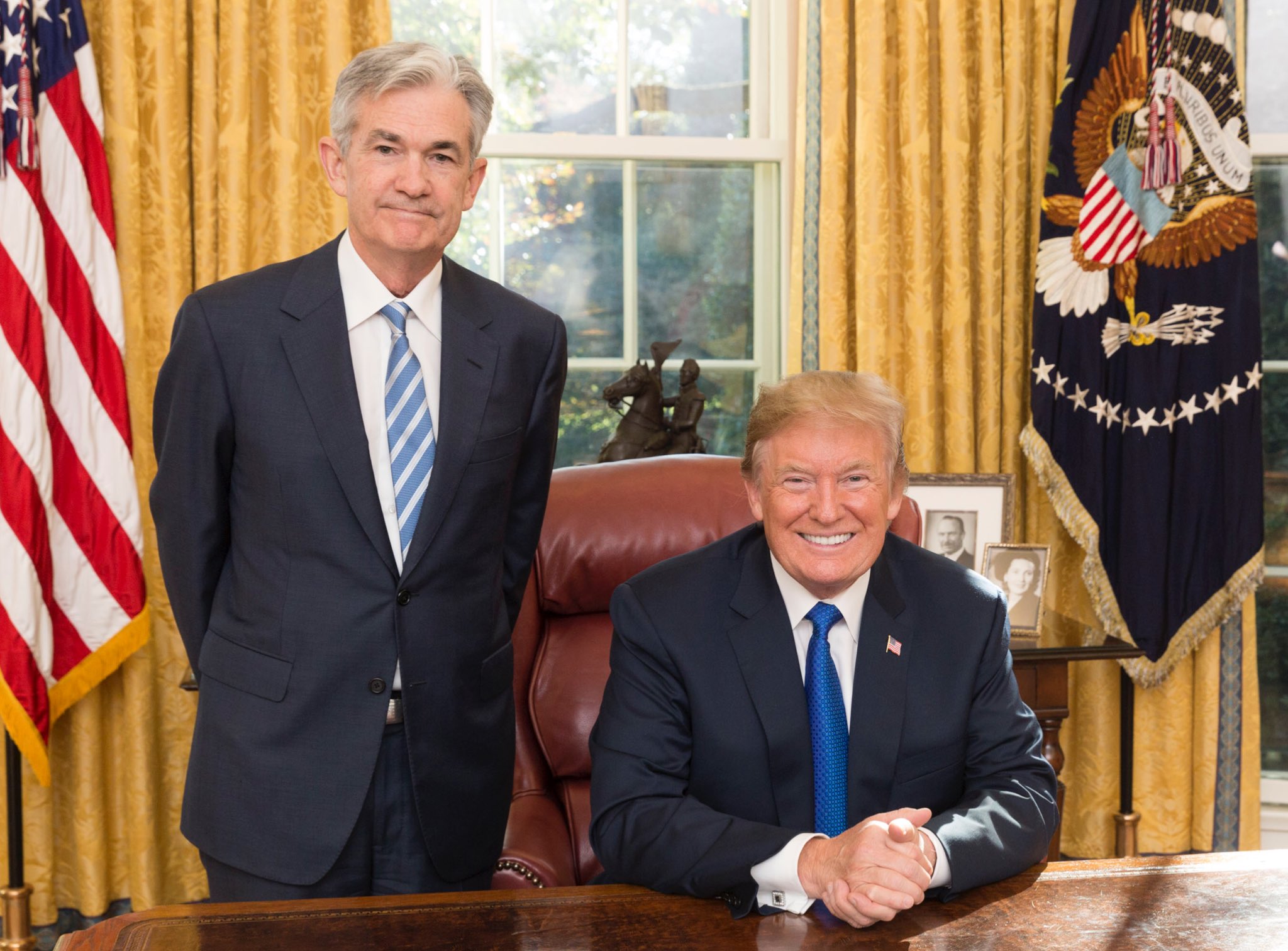Goldman Sachs Asset Management, a unit of Goldman Sachs (GS), is ambitiously aiming to more than double its private credit portfolio to $300 billion in five years, expanding significantly from the current $130 billion. Marc Nachmann, Goldman's global head of asset and wealth management, sees this as a massive opportunity. This expansion plan positions Goldman Sachs notably ahead of its peers in the private credit sector. For instance, Morgan Stanley (MS) plans to double its private credit portfolio to $50 billion in the medium term, while JPMorgan Chase (JPM) has earmarked at least $10 billion for private credit. Additionally, Wells Fargo (WFC) and Citigroup (C) are deepening their market presence through partnerships.
Goldman Sachs's strategy involves allocating a substantial portion of its alternative investment fund-raising efforts towards private credit strategies. With an aim to raise between $40 billion to $50 billion for alternative investments this year, at least a third of this is designated for private credit financing. This expansion into private credit comes as non-bank lenders have grown in recent years, partly due to fewer regulatory hurdles compared to traditional banks. Goldman Sachs itself has a nearly three-decade history in private credit, giving it a strong foundation for this ambitious growth.
Market Overview:
-Goldman Sachs Targets Dominance: GSAM aims to become a leader in private credit with a $300 billion portfolio within five years.
-Aggressive Expansion Plan: This ambitious goal significantly surpasses competitor targets, highlighting Goldman's focus on this asset class.
-Focus on Alternative Investments: A significant portion of Goldman's alternative investment funds this year will be directed towards private credit strategies.
-Shifting Priorities: As Goldman scales back consumer banking, asset and wealth management are positioned for substantial growth.
Key Points:
-Aggressive Expansion Plan: GSAM aims to grow its private credit portfolio from $130 billion to $300 billion in five years.
-Dominating Private Credit: Goldman's target surpasses those of competitors like Morgan Stanley ($50 billion) and JPMorgan Chase ($10 billion earmarked).
-Focus on Alternative Investments: At least a third of the $40-50 billion Goldman plans to raise for alternative investments this year will be dedicated to private credit strategies.
-Engine of Growth: As Goldman Sachs scales back its consumer banking operations, asset and wealth management are positioned as key growth areas.
Looking Ahead:
-GSAM aims to improve its return on equity through reduced legacy investments on the bank's balance sheet.
-Expansion plans include growing the wealth management business internationally, particularly in Europe and Asia.
-The firm intends to increase lending to private bank clients, boosting this segment from the current 3% of wealth client assets.
Goldman Sachs's focus on asset and wealth management marks a strategic shift, particularly after stepping back from its venture into consumer banking. Marc Nachmann, a veteran at Goldman Sachs for three decades, is at the helm of this strategy, having been appointed to lead the merged asset and wealth management division in 2022. Despite some high-profile departures from Goldman Sachs Asset Management (GSAM), such as Julian Salisbury and Katie Koch, Nachmann remains optimistic about the team's morale and direction. He notes that the firm is actively hiring across asset and wealth management to bolster its strategy.
The expansion plan also includes efforts to enhance returns in GSAM, targeting a mid-teens percentage return on equity by reducing the bank's balance sheet investments. These legacy investments have already decreased significantly, aligning with Goldman’s strategy of divestment and refocusing. Furthermore, Goldman Sachs sees potential for growth in its $1 trillion wealth management business, especially by targeting ultra-high-net-worth clients in Europe and Asia. Currently, a substantial 80% of its wealth management business is U.S.-based, presenting an opportunity for international growth. With lending in wealth management at a lower percentage compared to its peers, Nachmann views increased lending to wealthy clients as a promising avenue for expansion.




